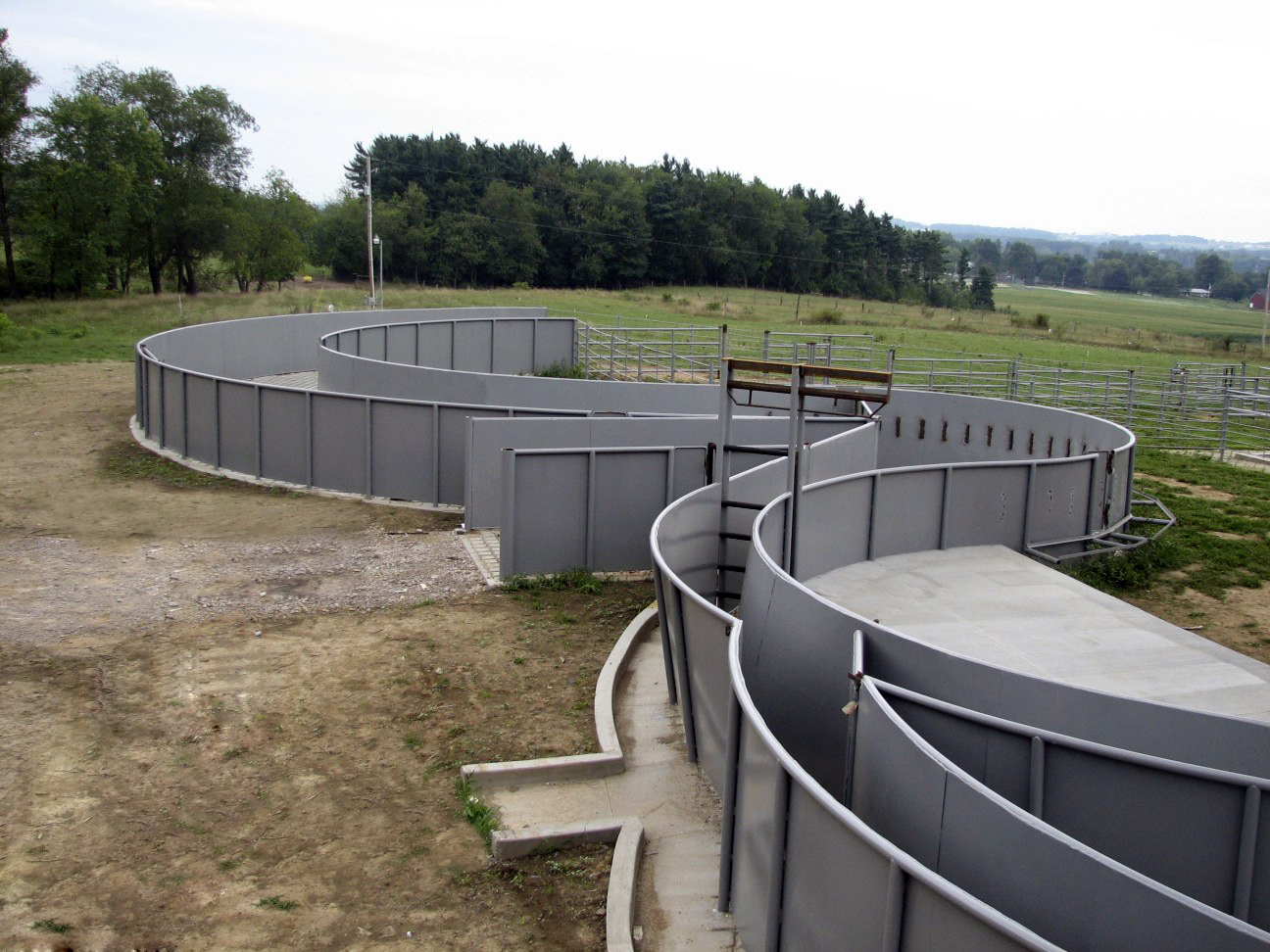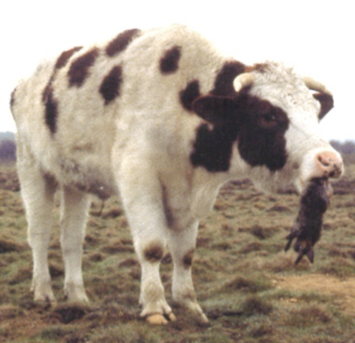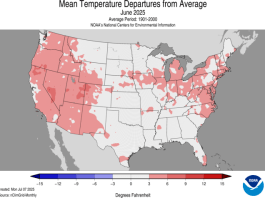Editors Note: Over the coming weeks we will be sharing excerpts from Stockmanship Journal’s article “Grandin’s Approach to Facilities and Animal Handling: An Analysis” (Volume 3 Issue 1). The authors, Whit Hibbard and Dr. Lynn Locatelli, are both practitioners and teachers of the Bud Williams school of stockmanship and are well known for helping feedlots and ranches improve their operations through Low-Stress Livestock Handling education. In this article they look at the handling facilities designed by Temple Grandin, and compare it to their experiences with good stockmanship and animal behavior. Each section begins with a summation of Grandin’s position followed with the analysis. The final article in this series will be a response from Temple Grandin.
 The purpose of the authors’ analysis is to encourage an exchange of ideas while analyzing, evaluating and critiquing theories and ideas in a search for better outcomes for animal handlers. They want to help answer the questions they’ve often been asked: “What kind of animal handling facilities should we build? Solid-sided, curved, tub systems, like those promoted by Temple Grandin can be expensive, but is that our best option? Or are there are other ways to get us where we want to be?”
The purpose of the authors’ analysis is to encourage an exchange of ideas while analyzing, evaluating and critiquing theories and ideas in a search for better outcomes for animal handlers. They want to help answer the questions they’ve often been asked: “What kind of animal handling facilities should we build? Solid-sided, curved, tub systems, like those promoted by Temple Grandin can be expensive, but is that our best option? Or are there are other ways to get us where we want to be?”
This is groundbreaking analysis and On Pasture is honored to be selected to share it as excerpts.
Part 3
The reason for curved processing facilities, Grandin explains, is to take advantage of the animals’ desire to go back where they came from, which requires a 180-degree curve. The combination of solid sides and 180-degree curves, Grandin asserts, allows for the easy movement of calm animals through the entire processing system.
We challenge this reasoning on four counts. First, although it is true that animals want to go back where they came from, as Grandin states, they primarily want to do this if that place was more comfortable than where they currently are going. In other words, animals want to go back to where they came from when they experience more pressure or feel more uncomfortable where they are going than where they came from (a core idea of Williams’ that is employed with effectiveness in his system discussed below). If animals calmly move through curved systems as Grandin claims, there should be no desire on their part to go back where they felt more comfortable, hence the 180-degree curves are superfluous.
Second, if for some reason animals are uncomfortable with where we are trying to take them (e.g., into a tub) and they really do want to return to where they came from, that literally means that they will retrace their steps to do so. Going around a corner, in the animal’s mind, is not going back where they came from; it’s going around a corner into uncharted territory. Remember, as Grandin asserts, prey animals are aware of tiny details, and going forward and continuing around a 180-degree turn is a big detail, and won’t be confused with backtracking. It’s so different, in fact, that cattle are often unwilling to go around the curve and will stall. Consider driving your car and encountering a 180-degree curve with a high, solid wall delineating the curve. Wouldn’t you slow down? This is exactly the effect that these curves have on the cattle; they approach with caution and slow down, which requires the handler to increase pressure to drive them around the corner. This problem is magnified if the surface is slippery, which brings up another challenge to a 180-degree curve, and that’s maintaining proper footing. If increased pressure is required to move cattle through the 180-degree turn and the footing is slick (which is common in concrete alleys and tubs due to frozen, wet, or muddy conditions) it adds one more element of difficulty for the handler. Consider walking into a store and slipping and falling on a wet surface that has just been mopped. Do you really care about your shopping list anymore? Cattle who feel unstable in their footing do not stay in the frame of mind to calmly move through a frightening system.
Third, you do not “fool” animals into thinking that they are going back to where they came from with 180-degree curves. Do cattle actually think that if they go around such a corner that it will take them back to where they came from? We doubt it. We suspect that that is a case of anthropomorphic projection. We humans, with our cerebral cortex and consequent reasoning power, may correctly think that, but a cow? We ask the reader: In your experience with working cattle through a single-file alley or chute, for instance, what does an animal do if it really wants to go back to where it came from? It tries to back up or turn around, right? It doesn’t charge ahead with the idea that if it continues down this blind, curved alley that it will take it back to where it came from.
Fourth, if we take a cow’s eye view, as Grandin rightfully advises, what do we see when we go into a solid-sided 180-degree curve? We see a wall, a large “bovine stop sign.” Consequently, cattle frequently have to be driven with significant force around these turns. Grandin’s systems are designed as “driving” systems; that is, the cattle must constantly go forward through various curves. The problem, however, is that they resist going forward toward solid walls—which is precisely what happens with solid-sided curves—so the handlers often need to drive them with increasing force through the system. However, if cattle are calm and working well for a handler who uses proper driving technique, they may move through the solid-sided system fine.
As a result of all these problems, solid-sided, curved facilities are not conducive to “easy movement of calm animals through the entire processing system” as Grandin claims.
From the LSLH perspective, alleys, crowd pens, and chutes tend to be easier for cattle to negotiate and more user friendly when they are open and straight. The authors have had extensive experience with both, and it is our experience that well-designed open and straight systems are economical, effective, and handler- and animal-friendly.
Here’s one illustration. On my (WH) family’s ranch (Sieben Live Stock Co. in Montana) we had a solid-sided, curved chute (see photo below) that led to the squeeze chute. We had a terrible time getting cattle into and through this chute. I didn’t understand why until I took Grandin’s advice and looked at it from a cow’s eye view. What did I see? A wall. Also, I realized that cattle were incapable of understanding that it was not a wall, but an alley that would convey them out the far end.
 After attending a Bud Williams stockmanship school we tore out the old chute and replaced it with the open and straight one pictured below, built in short order with used materials on hand.
After attending a Bud Williams stockmanship school we tore out the old chute and replaced it with the open and straight one pictured below, built in short order with used materials on hand.
The difference was immediate and profound. The cattle easily and willingly entered the chute. Quite obviously, in the curved chute they didn’t see an exit; in the open and straight chute they did. Problem solved. I ask the reader: If you were a cow, which chute would you be more willing to enter?
Tubs
A tub, the centerpiece of any curved, solid-sided processing facility, can be used to sweep cattle into a snake going to a squeeze chute, a loading dock, or a trailer load out. Grandin argues that cattle willingly go through a tub—assuming it is designed properly with solid sides, a 12-foot radius, and a 180-degree turn—because they are prevented from seeing distractions and they think they are going back to where they came from.
As argued above, from a cow’s eye view entering a tub is like running into a wall which often results in cattle slowing, stopping, and wanting to turn back. Feeling the pressure of the enclosed tub, cattle often do want to go back where they came from, as Grandin claims, but it’s not around the 180-degree corner, it’s back around or over the top of the handler!
As far as preventing cattle from seeing distractions—a questionable concern addressed above—the real distraction is what the cattle see, which is a wall. To get rid of the wall effect in this tub, we cut out the top half and replaced it with pipe so the cattle could see through it, which facilitated entry.
 Another problem with tubs is that they force the handler to work it from the outside arc. In fact, most tubs have catwalks on the outside arc for the handler to stand on which puts them out of proper position. We’ll explain this in the next article in this series.
Another problem with tubs is that they force the handler to work it from the outside arc. In fact, most tubs have catwalks on the outside arc for the handler to stand on which puts them out of proper position. We’ll explain this in the next article in this series.






Tubs are terrible! Inevitably some cattle in the tub get turned around, and it’s difficult to get them turned back around, without getting them all buzzed up and/or getting in the tub with them, which is not exactly a safe situation. I put in a bud box several years ago, using Preifert corral panels and it’s worked great. It’s faster, safer, and much cheaper.
I have found this series very useful and timely, as we began managing a small ranch in BC, Canada this spring. This past weekend, we vaccinated & tagged our cow herd utilizing a Bud Box and chute we created quickly with panels in the barnyard. This was cheap, easy, fast, and most importantly, minimally stressful on the animals. We will certainly make improvements to the placement and design of the system as we make it a permanent fixture, but you won’t find me lusting after spendy tub/curved systems. Thanks for taking the time to share your experiences.
Comments are closed.